
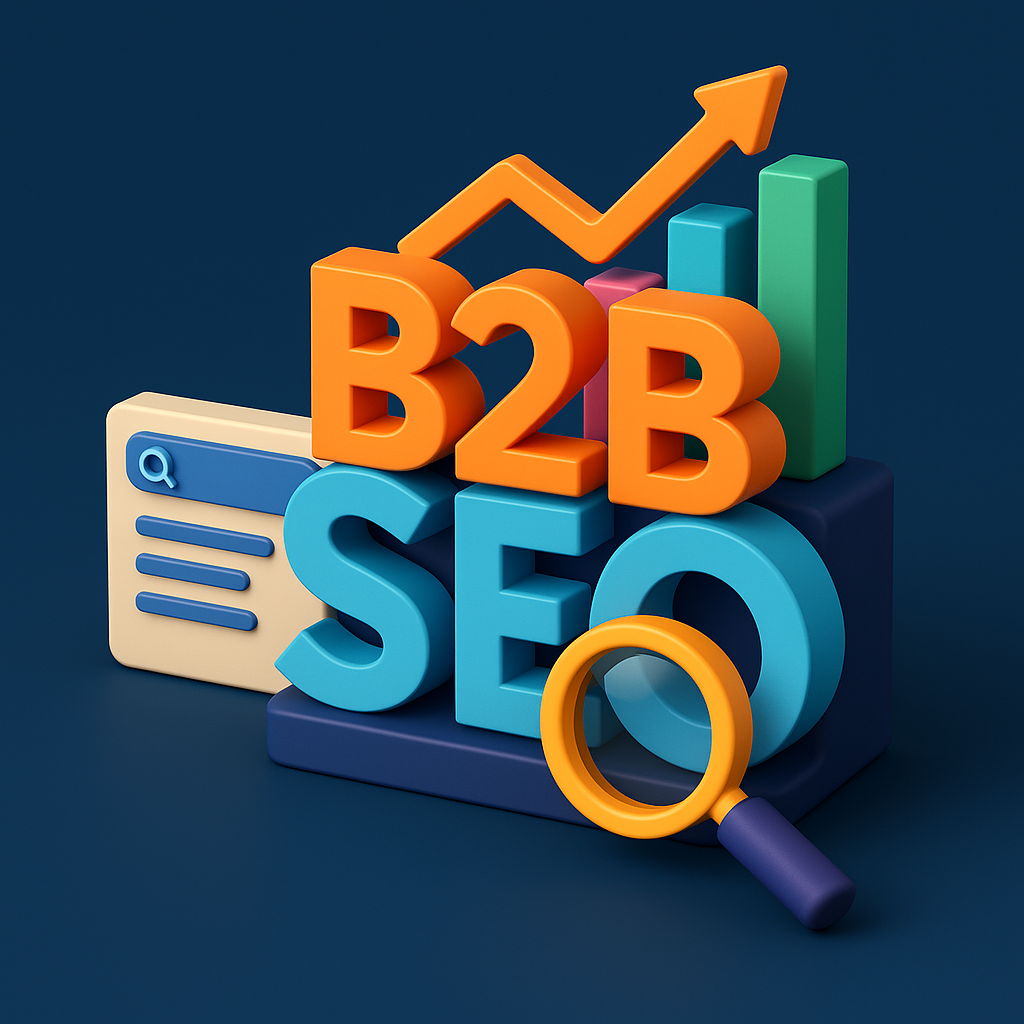
B2B Digital Marketing: A Roadmap to Growth
In B2B (business-to-business) marketing, the goal is to reach organizations—not individual consumers—and persuade them that your product or service meets their business needs. Digital marketing is now indispensable in this process: over half of B2B budgets are allocated here, and strategies like SEO, PPC, content creation, email, and social media often outperform traditional methods in both reach and return on investment (ROI)B2B (Business‑to‑Business) digital marketing is the strategic use of online channels to engage and convert buyers—other companies. In contrast to B2C (Business‑to‑Consumer), B2B often involves longer sales cycles, multiple stakeholders, and a stronger emphasis on demonstrating ROI and trust
Online marketing dominates B2B budgets, with about 56% allocated to digital efforts. That’s because B2B buyers typically:
Research vendors online before engaging with sales
Compare multiple offerings and stakeholders during evaluation
Table of Contents
ToggleWhy B2B Digital Marketing Matters
Digital initiatives allow B2B brands to:
Showcase value and expertise to real decision‑makers
Generate measurable ROI — for instance, PPC delivers ~$2 per $1 spent, email marketing nets $36–40 per $1 invested, and SEO returns around $2.75–7.48 per $1 searchengineland.com.
Intervene at key moments when buyers are actively working and evaluating, not just browsing at home
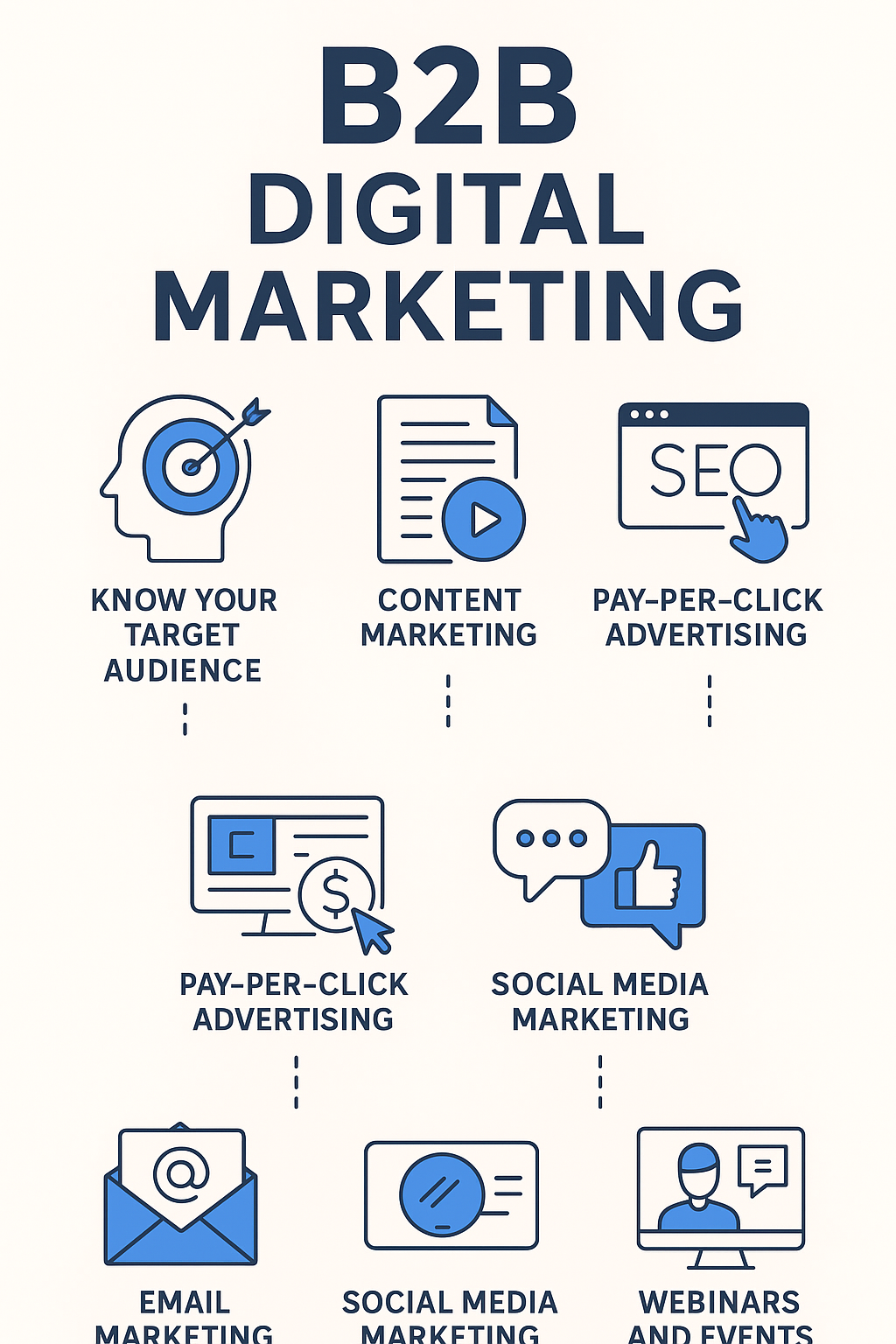
Top B2B Digital Marketing Strategies
As B2B buying journeys increasingly move online, effective digital marketing becomes essential for business success. Here’s a comprehensive guide to 11 proven tactics that help B2B companies attract, engage, and convert business buyers — strategically and insightfully.
1. Know Your Target Audience Inside Out
Accurate audience insight is the foundation of all smart B2B strategies. Success starts with profiling the decision‑makers you’re aiming to reach — their job roles, industries, digital habits, challenges, and goals. Use tools like Semrush’s Market Explorer to analyze audience demographics, social platforms, and their content preferences. Compare competitor audiences with tools such as One2Target to surface insights like frequently visited sites and content interests. With this data, decide where to allocate resources — whether that’s LinkedIn, industry blogs, or specialized forums.
2. Create a Fast, Trustworthy, and Usable Website
Your website is often the first impression a business buyer gets. Beyond good design, ensure it’s mobile‑responsive, loads in under 3 seconds, and features intuitive navigation — critical since speed directly impacts conversion and bounce rates . Regular technical audits (e.g., using Semrush Site Audit) can pinpoint issues slowing pages down, so you can optimize accordingly.
3. Develop a Comprehensive Content Strategy
Quality content increases authority and trust among professional audiences. A B2B content plan should blend formats: blog articles, ebooks, case studies, videos, webinars, infographics, newsletters, and podcasts. Use topic-research tools to align content with emerging industry interests and structure an editorial calendar containing publish dates, formats, authors, and KPIs.
4. Map Content to Every Buyer Journey Stage
Your messaging must address each phase of the B2B purchase process — from awareness to decision — using targeted content.
Awareness: Foundational insights like “Why financial statements matter.”
Consideration: In‑depth content explaining solutions, such as “Key reporting features for businesses.”
Decision: Comparison and buying guides, for example, “7 factors to evaluate in accounting software”
Mix formats — from articles to videos and webinars — to accommodate different learning styles and touchpoints.
5. Optimize for Search Engines (SEO)
Organic search brings quality, long‑term leads. By optimizing pages, content, and technical elements around relevant keywords, you can amplify visibility. Use tools like Semrush Keyword Magic to identify keyword opportunities — prioritizing high‑volume, low‑competition terms. Match content intent to search intent using weekly audits and performance tracking
6. Run Targeted PPC Campaigns
PPC advertising offers precision targeting — drilling down to industry, job title, and decision‑maker demographics. Start with competitor keyword research to identify cost-effective search terms and benchmarks via tools like Semrush Advertising Research Optimize ad bids, headlines, landing pages, and conversion tracking to improve campaign ROI.
7. Build and Leverage an Email Database
Email remains one of the most potent ROI channels in B2B — often delivering $36–$40 in return per dollar spent. Grow your list through gated assets like webinars, ebooks, and exclusive insights. Then send segmented campaigns aligned with nurture paths — delivering value at each funnel stage and gently nudging prospects closer to conversion.
8. Engage Through Social Media Channels
LinkedIn continues to lead B2B social engagement. Create a solid company page, share thought leadership content, and encourage team members to participate in conversations. Candid storytelling from leaders — shared by C-suite executives — humanizes your brand and increases credibility . Use tools like social listening for industry insights and interaction opportunities.
9. Drive Leads with Webinars and Virtual Events
Webinars are powerful tools for demand generation, offering rich content in exchange for attendee contact info. To maximize performance, promote events across your digital channels — email, social posts, retargeting ads — and follow up with on-demand access and nurture sequences. Platforms like Adobe frequently leverage this strategy to promote new product launches .
10. Bring B2B Influencers Onboard
Influencer marketing isn’t just for B2C anymore. Collaborating with thought leaders — especially on LinkedIn or Instagram — can elevate credibility and reach. Tools like Semrush Influencer Analytics help identify and manage credible voices in your niche. For instance, HubSpot sponsors industry-focused influencers to amplify its certification programs.
11. Monitor and Measure Conversational Impact
Data drives refinement. Track performance using tools like Semrush Traffic Analytics to understand which channels bring the most traffic and conversions. Analyze traffic origins — e.g., organic search, direct, referral, mail, PPC — and adjust tactics accordingly . Drill into metrics like bounce rate, time on site, and conversion paths to refine strategies continually.
A Repeatable Framework
Audience Research → Guide channel selection and messaging
Website Audit → Improve speed, trust, and usability
Content Strategy → Publish varied formats mapped to buyer needs
SEO + PPC → Combine organic visibility and paid precision
Email & Social Engagement → Nurture leads at scale
Webinars & Influencers → Capture and grow brand trust
Analytics → Measure ROI and cycle back for refinement
Why B2B Digital Marketing Works
Online marketing is no longer optional for B2B — it’s foundational. Businesses now research, compare, and shortlist solutions digitally before engaging. When done right, B2B marketing delivers strong ROI:
PPC: ~$2 return per $1 invested
Email: $36–$40 return per $1 spent
SEO: $2.75–$7.48 return per $1 invested
Conslusion
Selecting a few core strategies that align with your audience and goals is better than overwhelming your team with every tactic. Build a coherent growth engine where each part — SEO, PPC, email, content, social, webinars, influencer outreach — complements the others. Backed by performance data, your digital strategy becomes a cycle of continuous improvement.





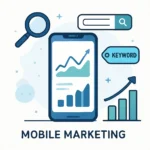




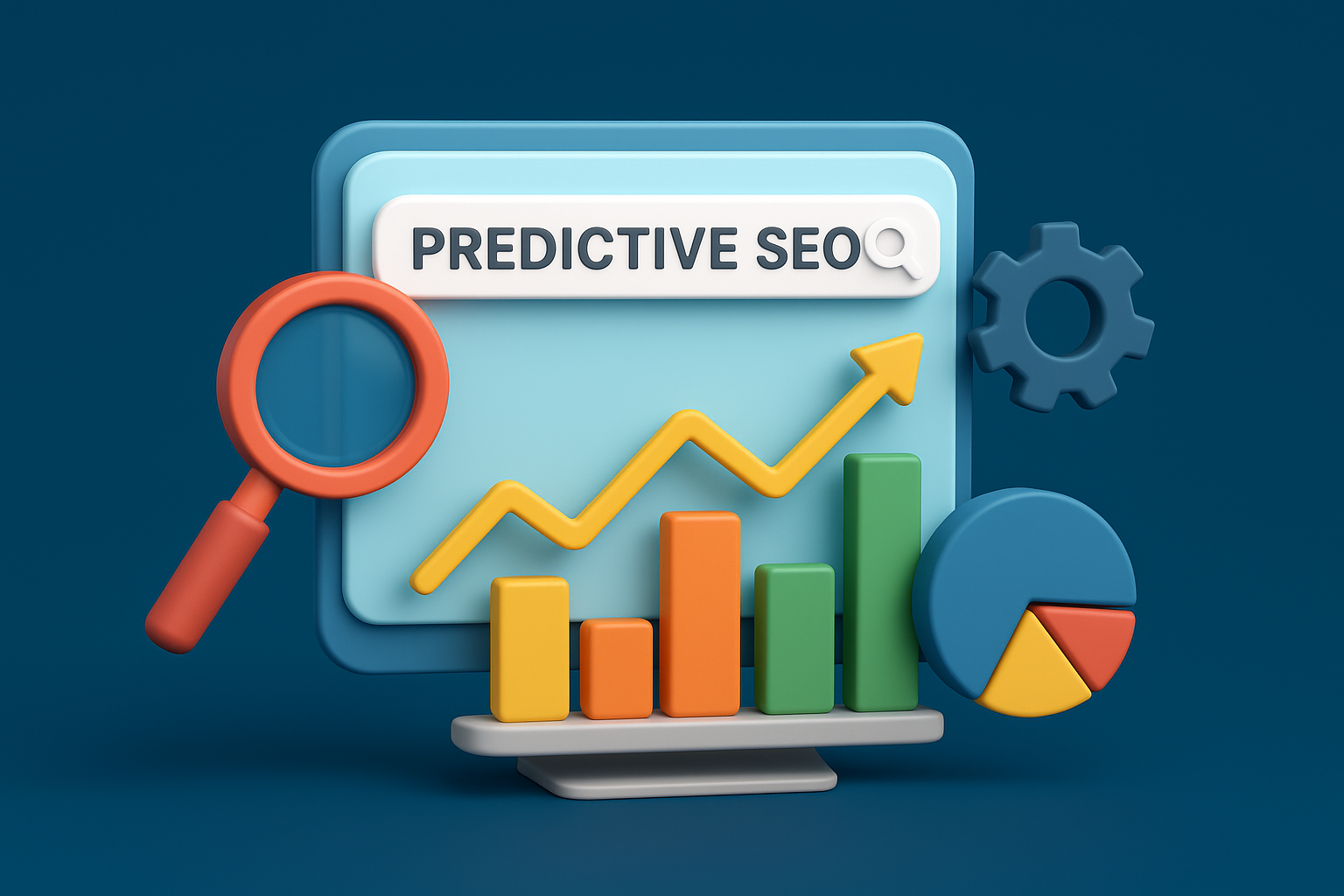
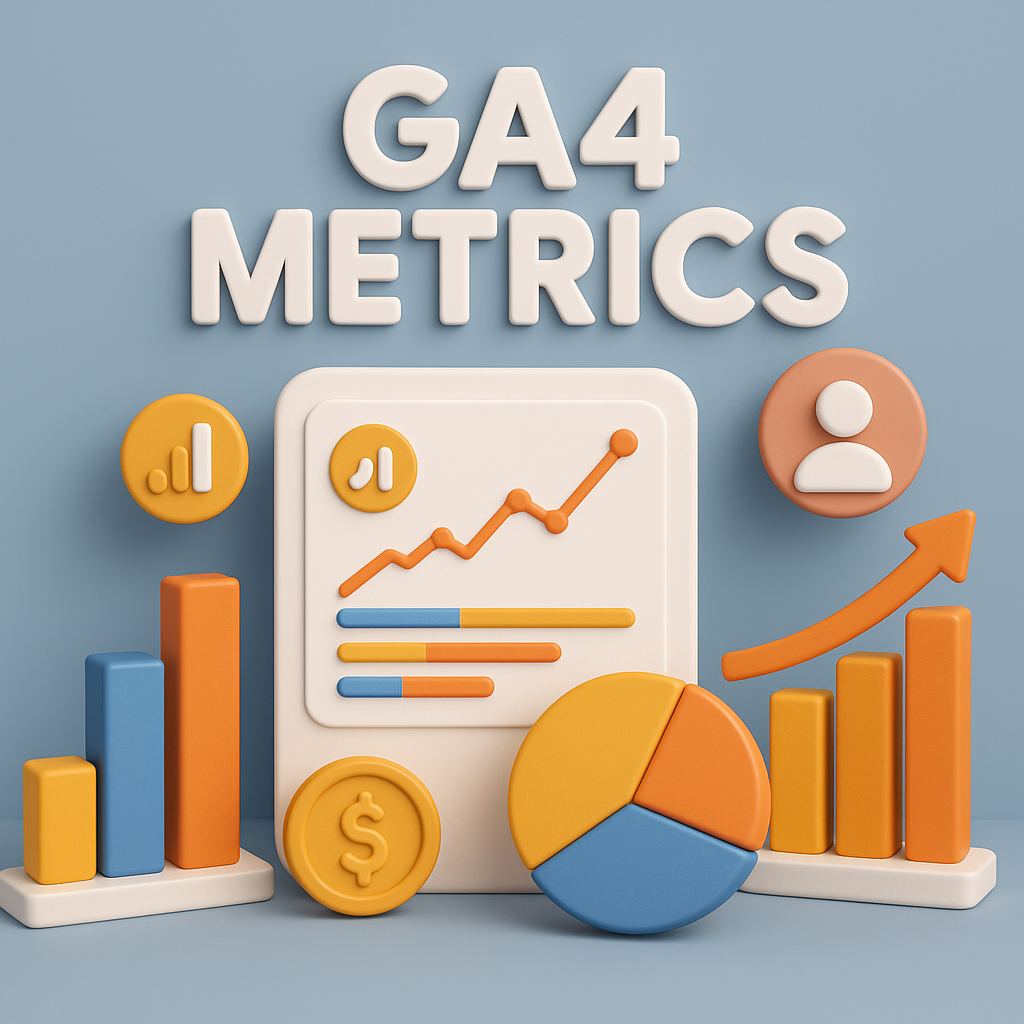

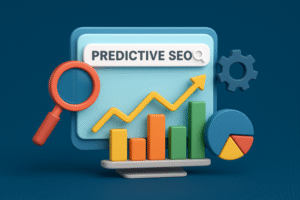

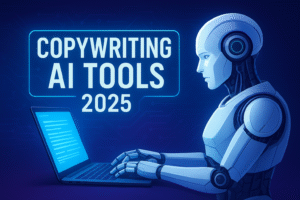


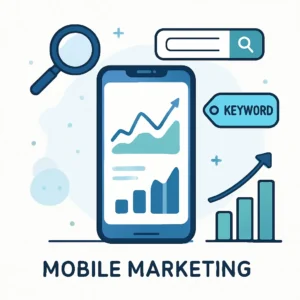



Post Comment